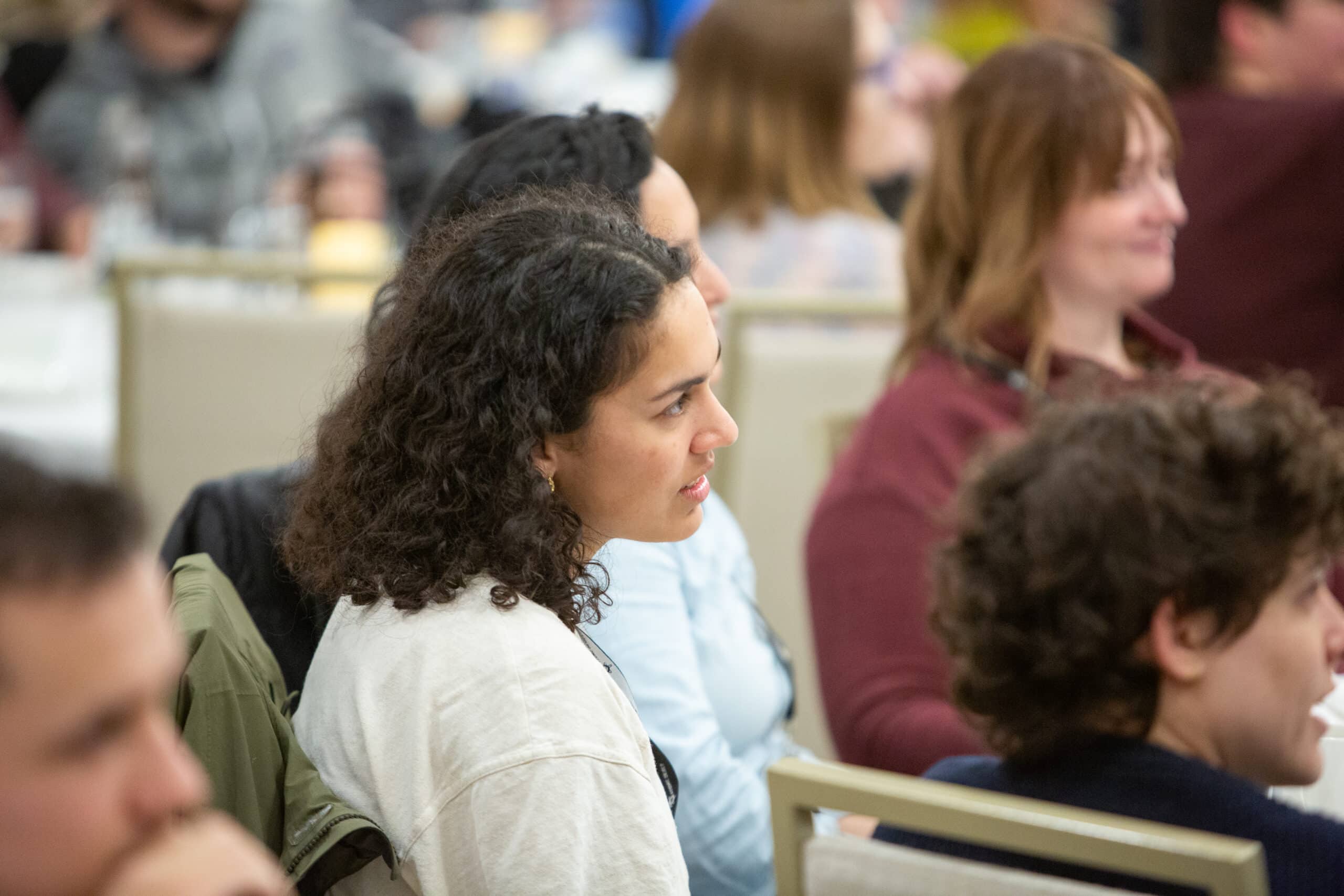Attending a tech conference can be a refreshing break from the regular rhythm of work. It’s also a great opportunity to hear from passionate tech leaders and explore new ideas and technologies. While developers already learn a lot on the job, conferences offer a different format for learning and engaging with technology and community.
But after coming home from a conference, I often find myself wondering: What did I actually take away from that experience? With so many talks and activities packed into just a few days, how do you retain information in a meaningful way, while also being fully present to the talks and those around you?
At a recent conference I went to (Render ATL 2025), I started thinking about how I could better balance learning, presence, and enjoyment. My approach came down to three things: priming myself to learn, minimizing distractions, and handwriting my notes.
Priming Yourself to Learn at a Conference
Conferences can be overwhelming, so I’ve found it helpful to set a personal goal beforehand: what do I want to get out of the experience? At my most recent conference, I was focused on deepening technical skills by possibly exploring new frameworks, testing strategies, and Typescript features. My goal was to walk away with practical takeaways to apply to my current project work and to have a refreshed mindset around software development.
Besides goal setting, how you physically position yourself in a talk matters too. I like to sit closer to the front for a better view. It’s also because being near the speaker keeps me alert and engaged. Additionally, avoiding my phone and laptop helps remove extra layers of distraction so I can be more present.
Why I Take Notes by Hand Instead of Typing
At tech conferences, it’s common to see laptops open—some people taking notes, some coding, some checking email, some checking the conference Discord. Personally, I’ve found that using a laptop during talks adds too many opportunities for distraction.
Instead, I use a notebook to record learnings. Several studies, including this NIH study, show that handwriting helps people remember information better, as the “movements involved in handwriting allow a greater memorization of new words” and handwriting contributes to a “more positive mood during learning.” Anecdotally, I’ve experienced this to be true, and hand-writing notes keeps me more engaged with the material than typing notes.
How I Take Notes at Conferences
Handwritten notes aren’t just about documenting every word the speaker said or every word on a slide. Instead of transcribing every slide, I focus on capturing summarized insights and connections to recent project work I’ve done. How does this new technology compare to one I’ve used recently for a similar function? What connected with something I observed at work? What pain points do I have at work that this new idea might address?
In addition, I often use simple shortcuts to summarize information more easily: “+” for benefits, “→” for cause/effect, acronyms for longer words (example: Playwright becomes PW). I usually don’t write full sentences, just fragments that spark memory and insight later. Sometimes, during a talk, it’s also a matter of knowing that you can’t jot down an entire block of code, and writing down what’s unique about that block of code or what the speaker discusses about the code block. In a way, it’s practicing a rhythm I learned in school of taking quick notes, and it’s a familiar balance of listening, analyzing, and quickly jotting down a note.
Intentional Learning
Conferences are an amazing way to learn, but learning doesn’t happen automatically. With a some intentionality and the habit of note-taking, conference learnings can more easily stick and be applicable on the job.

